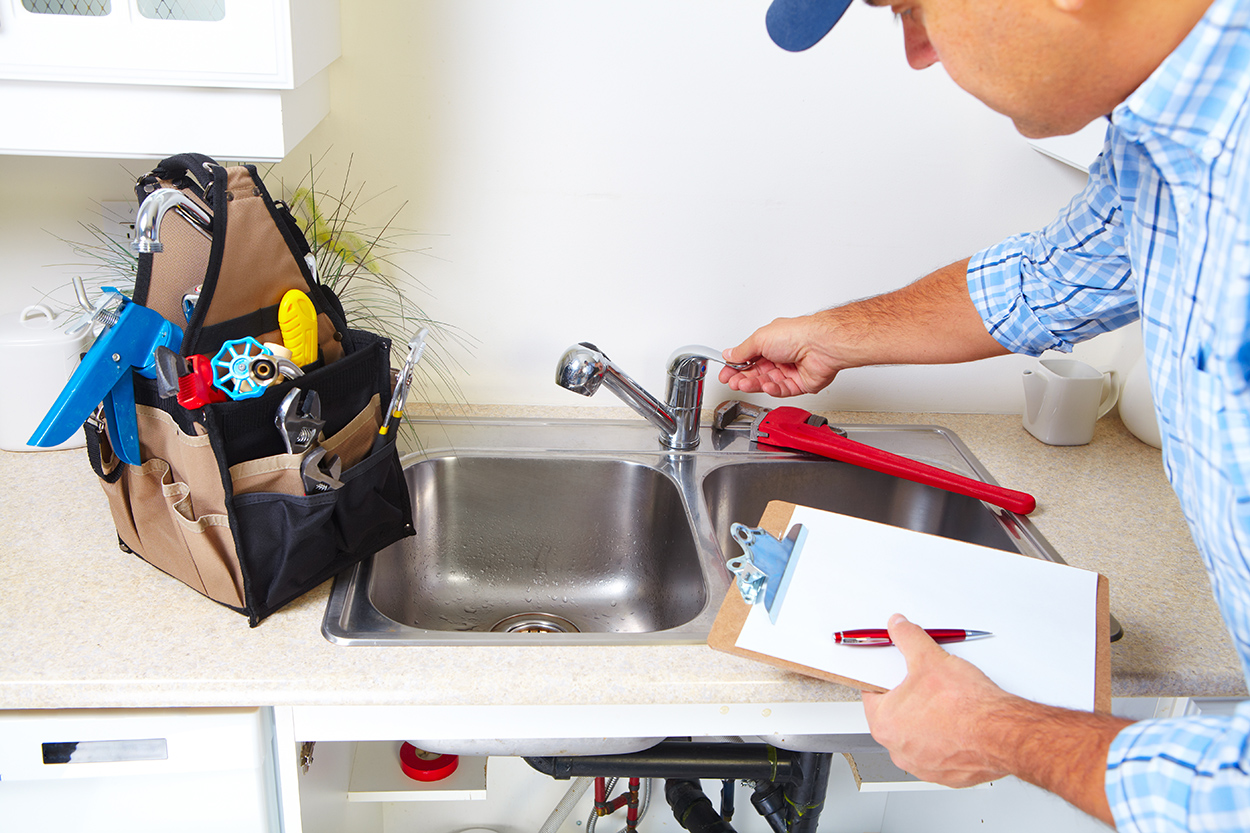
How to fix a clogged drain
Blogged and blocked drains are a major nuisance, especially for busy households. Before you call a plumbing professional, it’s a good idea to see if there’s anything you can do yourself to fix the problem, or see what might be causing it. In this article, we’ll give you some ideas as to how you might go about clearing a blocked or clogged drain which is causing water to collect in a basin or other receptacle.
Try and locate the overflow opening which services your basin or fixture. Cover this with wet cloths so that you can isolate the blockage. If the blockage is affecting more than one fixture, such as two basins located in adjacent rooms, it is likely that these fixtures share the same drain which is where the blockage is located. If this is the case, make sure that you block the overflow opening on all affected fixtures. This will allow you to make the best possible use of your trusty plunger by increasing the pressure being exerted on whatever is causing the blockage.
Step 2:
Fill the basin/basins with just enough water to submerge the head of the plunger. If you have some petroleum jelly or something similar handy, you might try coating the head of the plunger with it. This will help the plunger seal to the floor of the basin, allowing you to build up plenty of pressure. Place the plunger’s cup over the drain opening and pump quickly and vigorously. If you’re lucky, the pressure generated through plunging will be sufficient to break apart whatever is causing the blockage. After plunging about a dozen or so times, quickly remove the plunger and see if the water rushes down the drain. If it does, you have probably removed the blockage! If it doesn’t, repeat the process a few times before moving on to step 3.
Step 3:
If simple plunging wasn’t effective, you could try using a drain cleaning solution to break up whatever is causing the blockage. We have recipe ideas for home made drain cleaner on this website. Beware that the corrosive drain cleaners available at supermarkets and hardware stores can damage your skin, as well as some plumbing fixtures.
If you have access to a plumbing snake or auger, this is what you should try next. Remove the drain’s stopper and insert the plumbing snake, pushing it in a clockwise direction and cranking the handle as you move deeper into the drain. If you feel an obstruction inside the drain, crank the handle vigorously whilst moving the snake up and down. This might be enough to break apart whatever is causing the blockage. When you withdraw the plumbing snake, continue rotating the handle as you pull it out.
Step 4:
If you are working on a sink, remove the clean out plug below and use a bucket to catch any dirty water. You can use bent wire, such as from a coat hanger, to try and retrieve any objects which may be creating a blockage.
Step 5:
If you can remove the drain’s trap, you should, and clean it thoroughly. If you have an auger, you should use it to break up any clogs located in the drain extension which should be connected with the floor or wall.
Step 6:
For tubs and showers, you may be able to unscrew the drain opening and insert an auger directly. If you can’t remove the plate from the top of the drain opening, see if you can remove the overflow plate and gain access to the drainpipe.
Useful drain cleaning materials:
- Wet cloths
- Petroleum jelly
- Home made drain cleaner
- Buckets for pouring hot water and catching liquid
- A plumbing snake/auger, can be purchased from a hardware store
- Stiff brushes
- Bent wire or coat hangers












